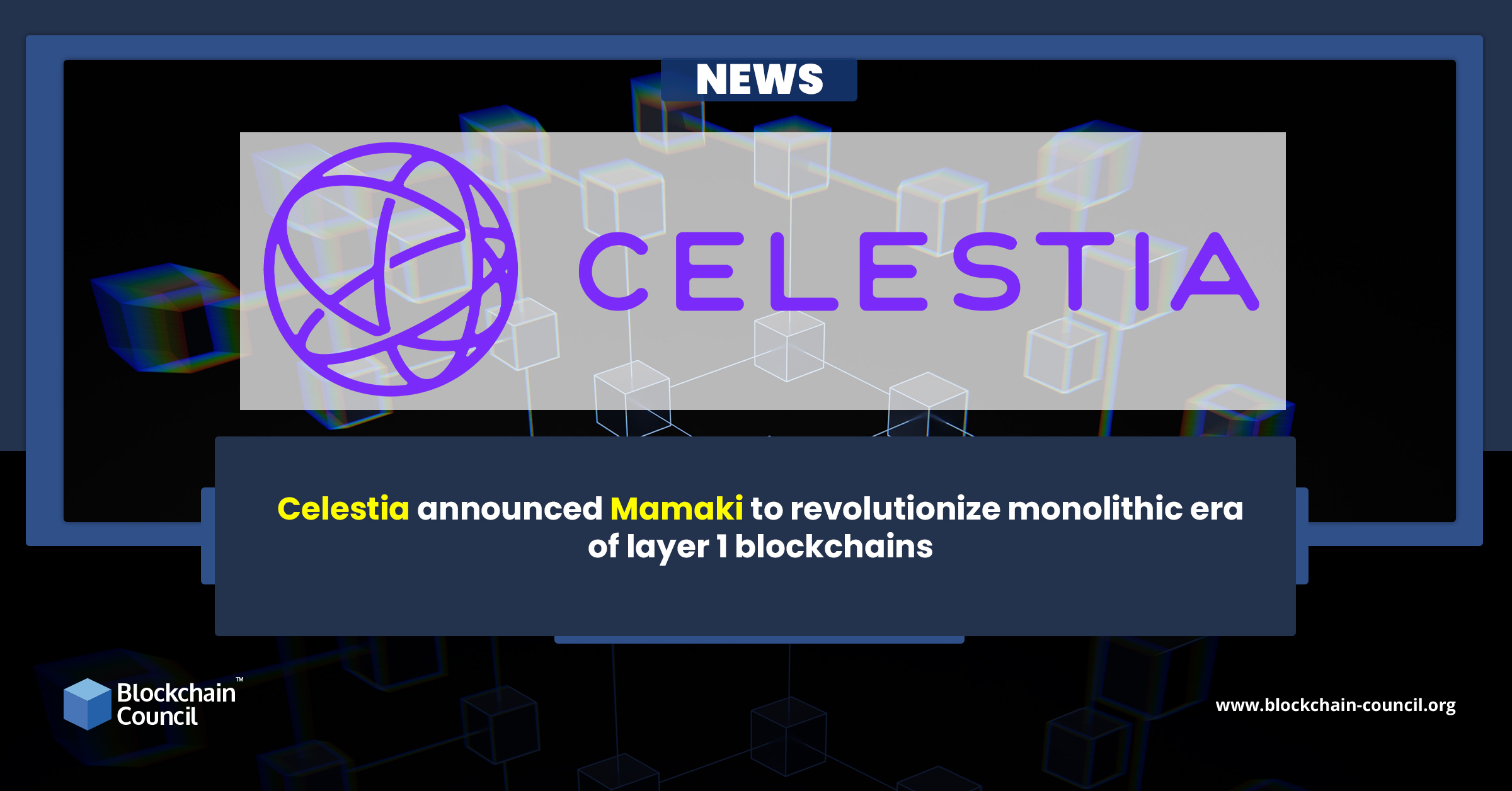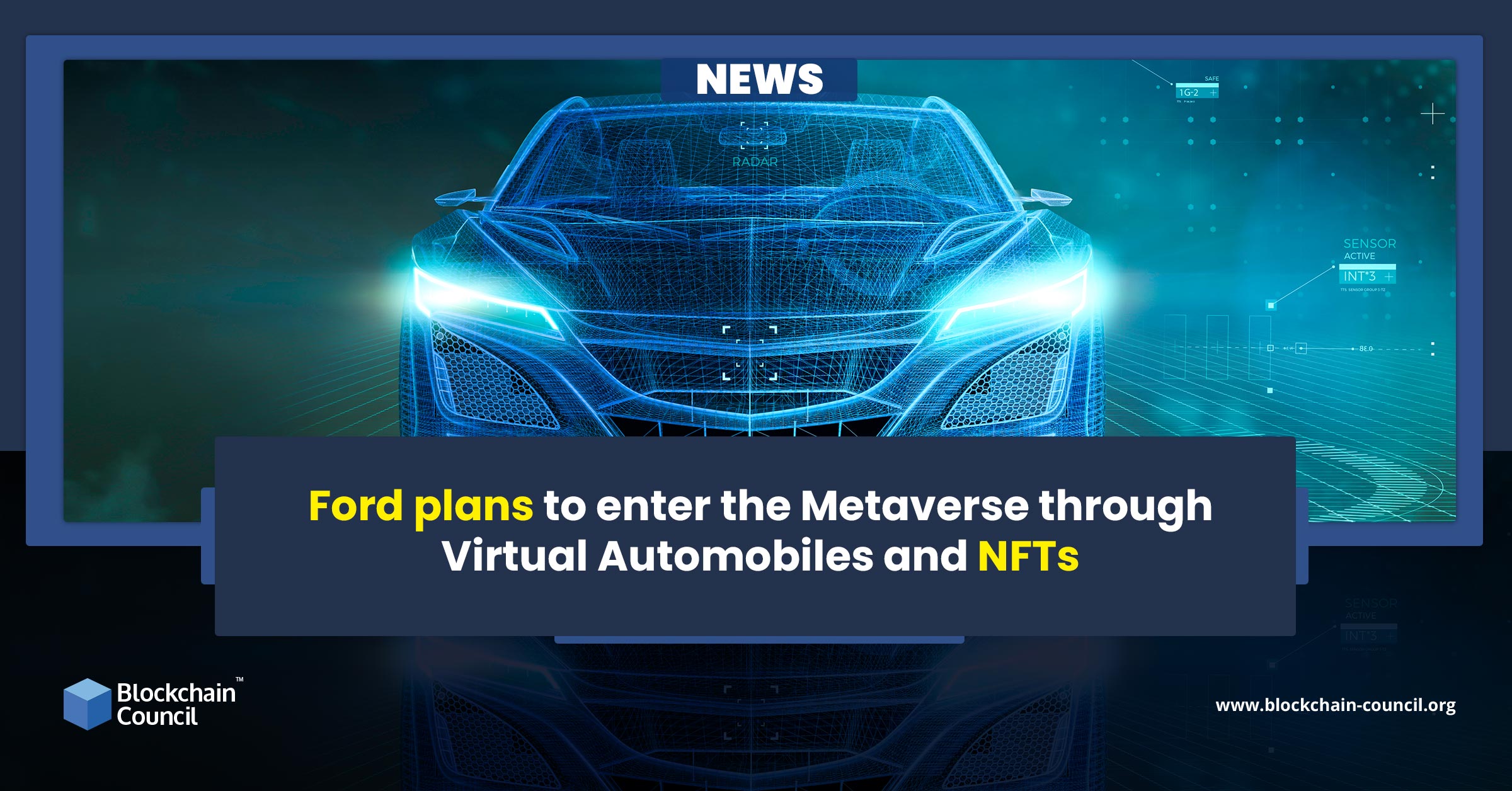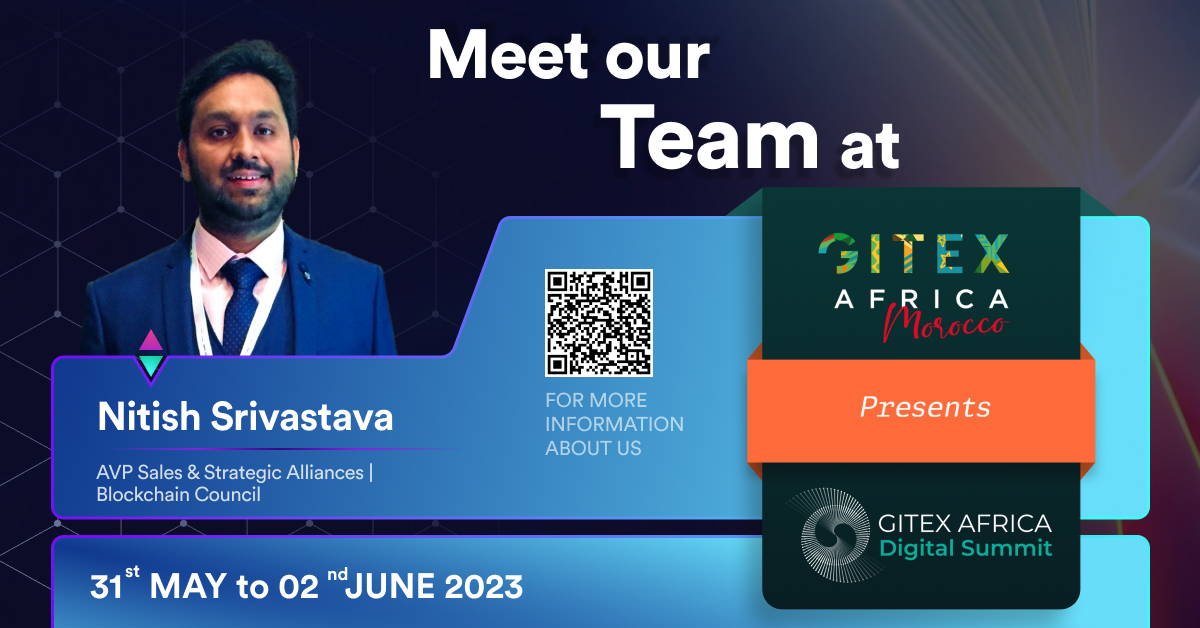
- Blockchain Council
- September 07, 2022
Based on the Layer 1 blockchain ecosystem, Celestia revealed that its “Mamaki” testnet had gone live, bringing it one step closer to becoming the first fully functional modular blockchain.
Modular networks separate consensus from execution, allowing users to create their own blockchains at scale while keeping the security requirements of competitor tier 1s.
Because Celestia doesn’t validate transactions, blockchains on the network aren’t slowed down by state execution, which is a developing issue on networks like Ethereum.
According to a press release, the project – which NFX supports, Cosmos creator Zaki Manian, and a few others – thinks its technology may end the “monolithic period” of layer-1 competition by delivering a solution that is more sovereign and scalable for broad adoption.
“Anyone creating in Web 3 will be able to scale differently as a result of this.” “Everything has repercussions here, from NFTs to gaming,” Celestia Labs’ Ekram Ahmed told a well-known newspaper. “We’re still in the early stages, and our mainnet is scheduled to launch in early 2023.”
The new data availability API in “Mamaki,” an improved version of Celestia’s now-retired devnet, allows developers to post or get data from the blockchain by namespace. There are also new community-oriented features, including the ability to run light nodes, delegate to validators, and transfer transactions across wallets.
Mamaki will receive further enhancements as a result of other initiatives that are being built concurrently with the Celestia chain. It’s likely that a Celestia-native EVM settlement layer will appear.
Mamaki embarks on its first time where “end-users may execute Data Availability Sampling (DAS) on a persistent, permissionless, decentralized blockchain,” according to Celestia co-founder John Adler. DAS, he continued, allows “block size to rise (securely) when additional nodes join the network” without jeopardizing decentralization.
Celestia is a “modular” blockchain network that stands in contrast to standard “monolithic” blockchains like Ethereum or Solana. Its goal is to decouple consensus from the network’s execution layer, allowing developers to simply create their own blockchains within the network, similar to the Cosmos ecosystem.
Celestia’s design should be able to interact with any operational mechanism, including EVM and SDK while retaining strong protection and avoiding scale concerns.
Crypto Celestia
Mustafa Al-Bassam, a well-known hacktivist, founded Celestia.
According to a news release, the Mamaki testnet (named after the Hawaiian beverage) allows users to run nodes, get testnet tokens, delegate from validators, and transfer transactions across wallets.
Mamaki is not Celestia’s incentive testnet, according to the devs, and another will be introduced before the mainnet.
If you want to learn everything you can about cryptocurrencies and blockchain technology, the Blockchain Council’s extensive certifications are for you. During the sessions, students get subjective and practical information in a straightforward manner. They’re low-cost and provide you quick access to a rapidly growing market.
If you want to keep up with the trends of blockchain industry, join our communities on Discord, Reddit and Telegram.





































































 Guides
Guides News
News Blockchain
Blockchain Cryptocurrency
& Digital Assets
Cryptocurrency
& Digital Assets Web3
Web3 Metaverse & NFTs
Metaverse & NFTs
